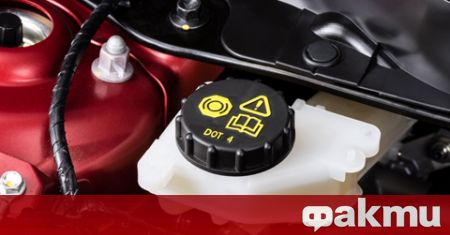One of the main components of a car’s brake system is the brake fluid. Thanks to it, the energy from the brake pedal, pressed by the driver, is transferred to the brake pads and as a result the car slows down and is brought to rest. A lot drivers however, they pay due attention to the brake discs and pads, but completely forget about the brake fluid. And irregular brake fluid replacement can cause a lot of trouble.
The brake fluid is used in the system for stabilization, traction control, in systems for assistance in starting the slope. In other words, in a modern car this fluid is subjected to active Work and its resource is sufficient for 30-40 thousand kilometers. Bosch experts, for example, recommend changing the brake fluid every two years.
And according to statistics, in every third car the brake fluid does not change on time
First, you need to understand that the brake fluid is hygroscopic and absorbs moisture perfectly. During work of the brake system moisture enters in one way or another, which in turn leads to the formation of bubbles. At one point there are many of these bubbles and they gather in one big one. Due to the accumulation of moisture in the brake fluid, its boiling point is halved. All this leads to increased brake pedal travel, reduced braking efficiency, and subsequently to complete brake failure.
Another problem that few people know about is that the old brake fluid is very aggressive and over time can destroy parts of the brake system and hydraulics. In turn, this leads to additional costs for the owner to repair or replace, for example, the hydraulic unit.
Changing the brake fluid is also not easy
For example, if the car is old or not equipped with an ESP stabilization system, then the brake fluid replacement is done by pumping the brakes. But more sophisticated modern cars will now require special equipment to pump and diagnose the system. Otherwise, the old fluid left in the system may affect the quality of the new one.
You can find out what type of brake fluid to use in your car from the instructions, which are usually on the cap of the brake fluid reservoir. One thing is clear: if you haven’t looked under the hood for a long time or noticed changes in the car’s braking dynamics, you shouldn’t delay the change. Is not safe.
–


